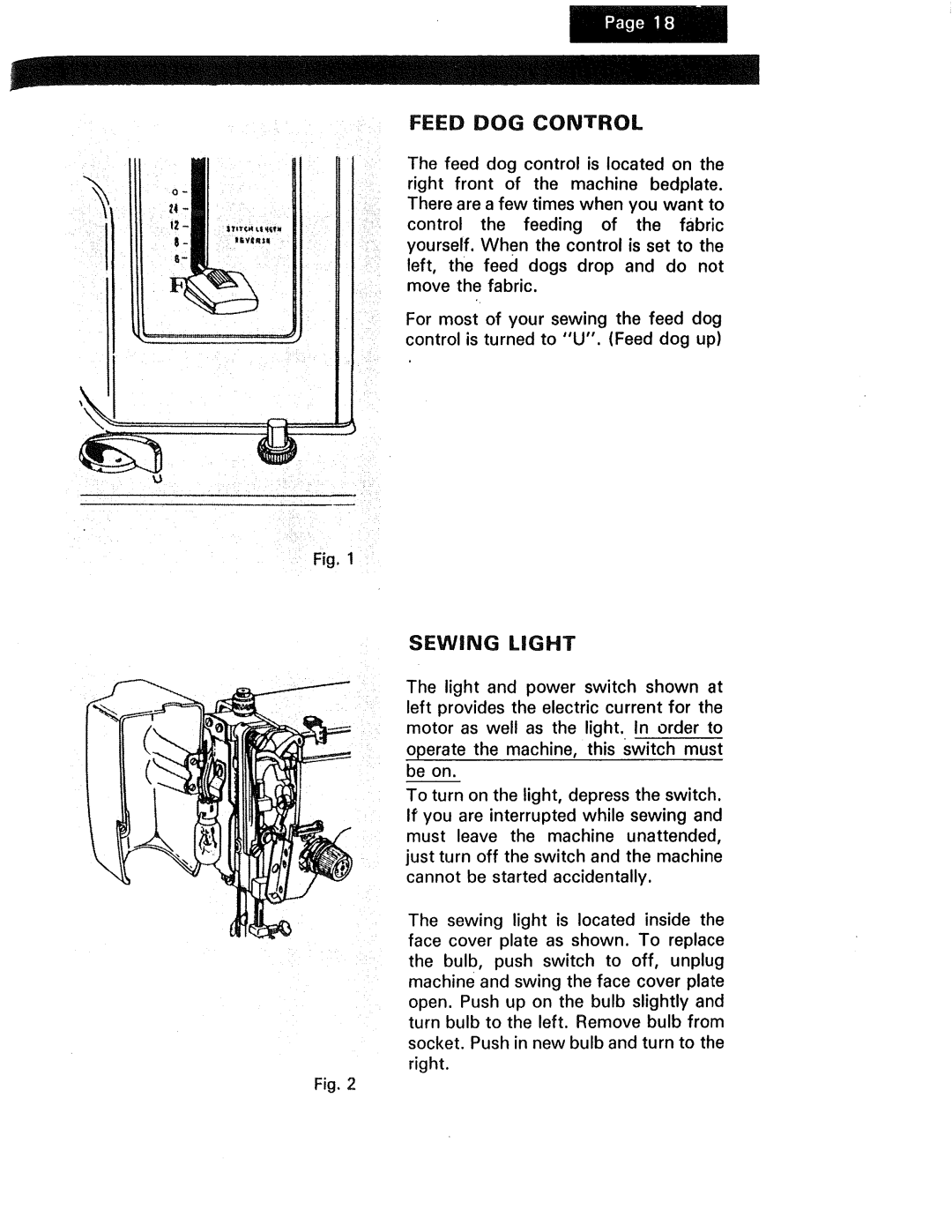1240, 1230, 1250 specifications
The Kenmore 1240, 1250, and 1230 sewing machines stand out in the world of home sewing for their impressive combination of features, technologies, and user-friendly designs. Each model caters to a range of sewing enthusiasts, from beginners to more experienced crafters.The Kenmore 1240 is notable for its robust construction and user-friendly interface. It boasts a variety of built-in stitch options, allowing users to choose from basic, decorative, and stretch stitches, making it highly versatile for various sewing projects. The automatic needle threader and top drop-in bobbin system simplify the threading process, minimizing frustrations for beginners. Additionally, the 1240 includes adjustable stitch lengths and widths, which provide greater control over the sewing process.
The Kenmore 1250 takes the features of the 1240 a step further, incorporating advanced technology for improved performance. This model is equipped with an electronic speed control that allows users to sew at their preferred pace, enhancing precision in delicate projects. The 1250 also includes an easy-to-read LCD screen, displaying stitch selections and settings clearly. A wide array of presser feet is available for the 1250, enabling users to tackle various techniques such as quilting, zipper insertion, and buttonhole creation effortlessly.
The Kenmore 1230, while slightly less feature-rich than its counterparts, shines with its simplicity and reliability. This model is perfect for those who prioritize straightforward functionality over advanced technology. The 1230 offers a solid selection of essential stitches and a few decorative options, making it ideal for basic garment construction and home décor projects. Its lightweight design allows for easy transport, appealing to those who may attend sewing classes or wish to sew in different locations.
All three models feature a durable metal frame that ensures stability during operation, which is essential for achieving professional results. They also come equipped with a range of accessories, including various presser feet, seam rippers, and additional bobbins, providing users everything they need to jumpstart their sewing journey.
In summary, the Kenmore 1240, 1250, and 1230 sewing machines each bring unique strengths to the table. The 1240 offers versatility, the 1250 elevates the experience with electronic features, and the 1230 provides simplicity and reliability. These characteristics make them excellent choices for anyone looking to enhance their sewing skills and enjoy the artistry of fabric manipulation.

